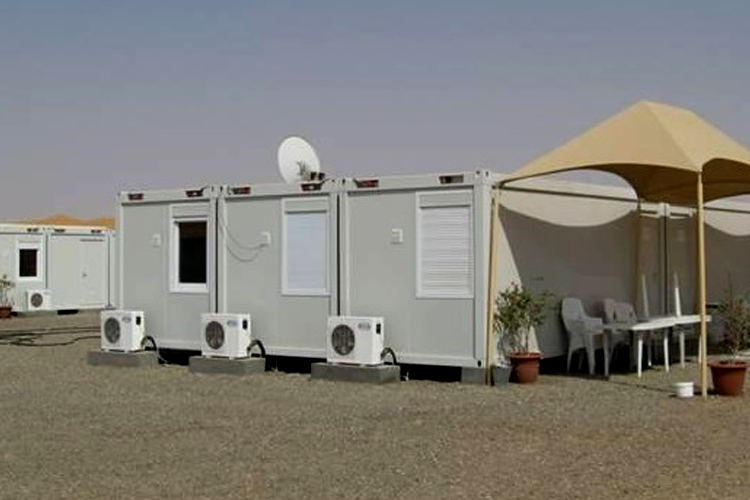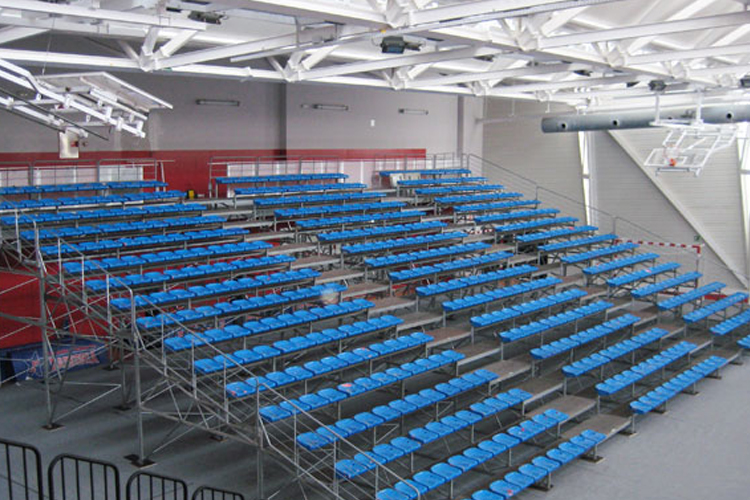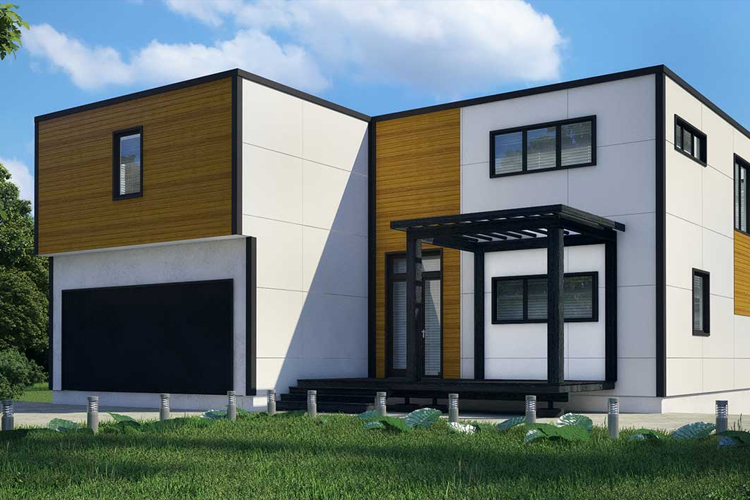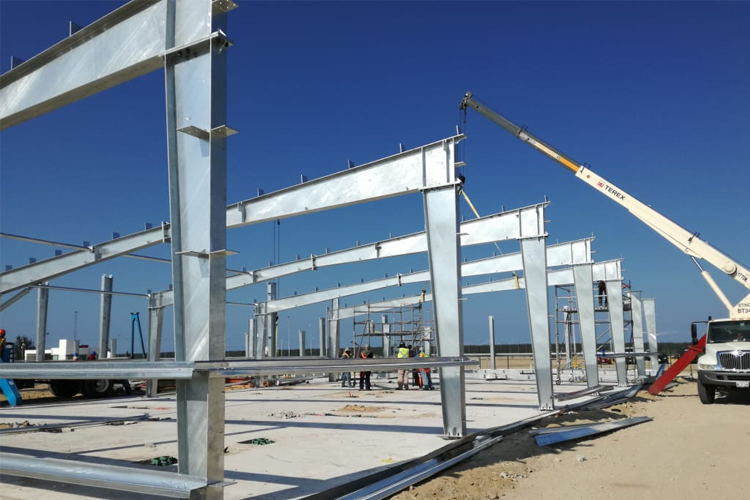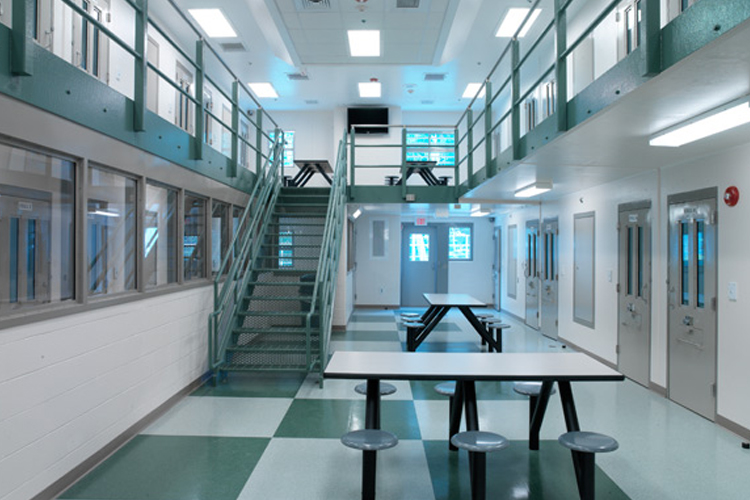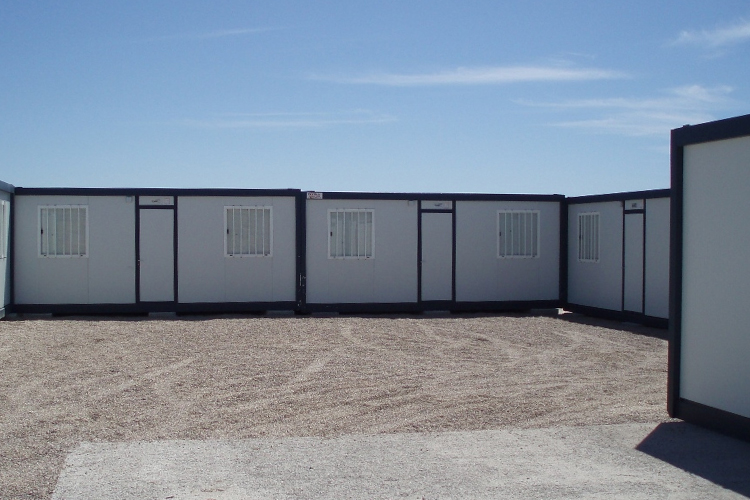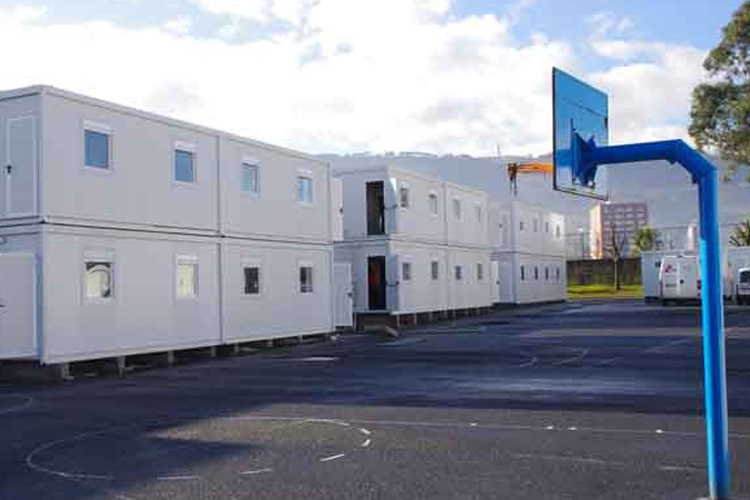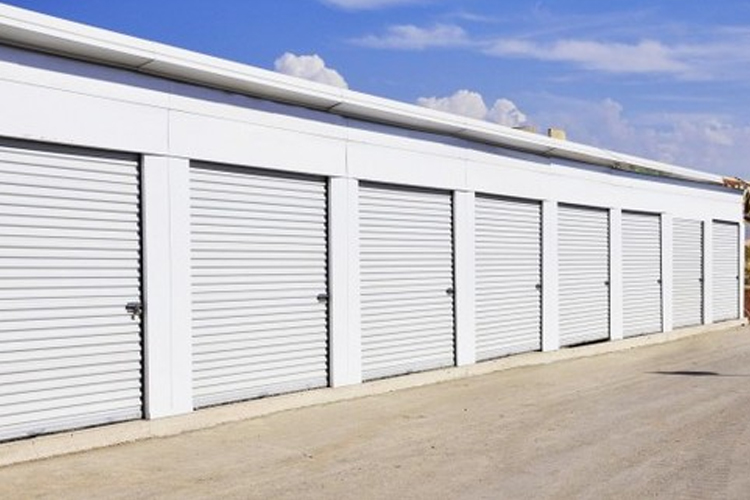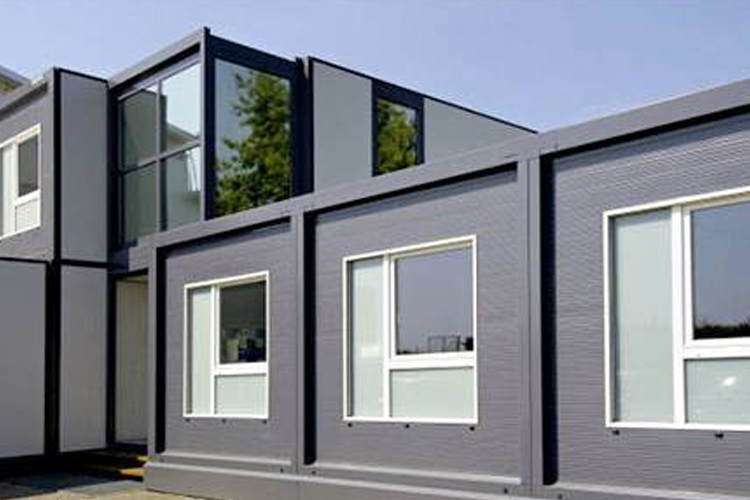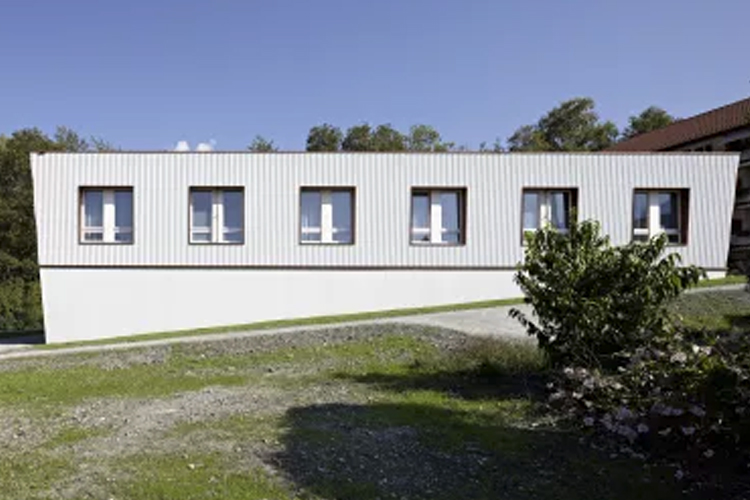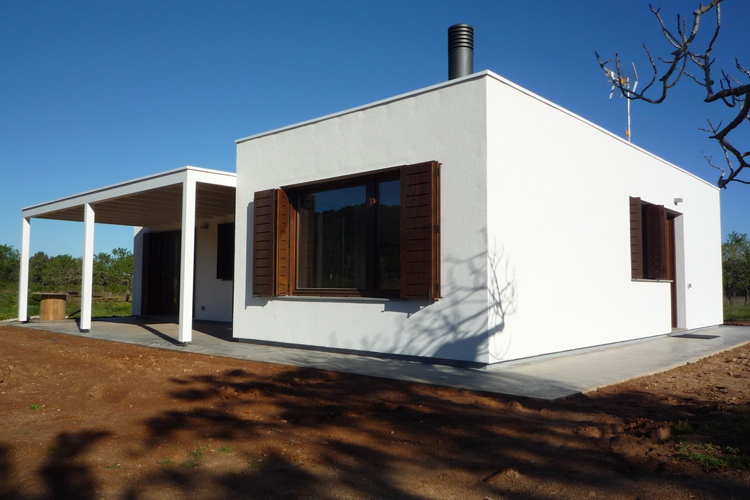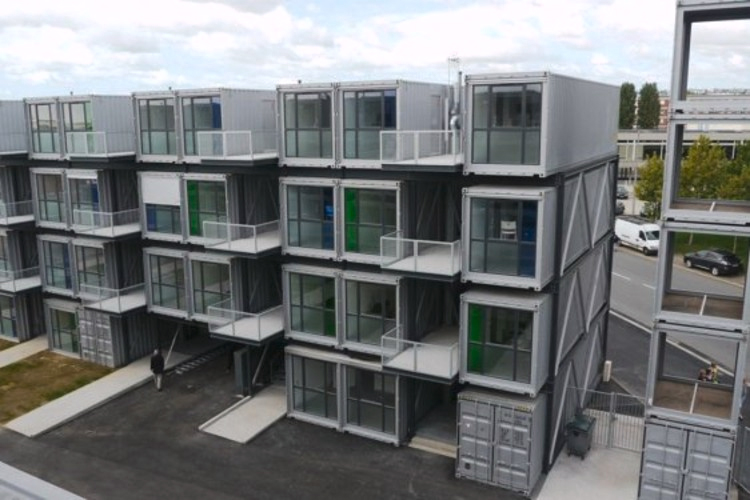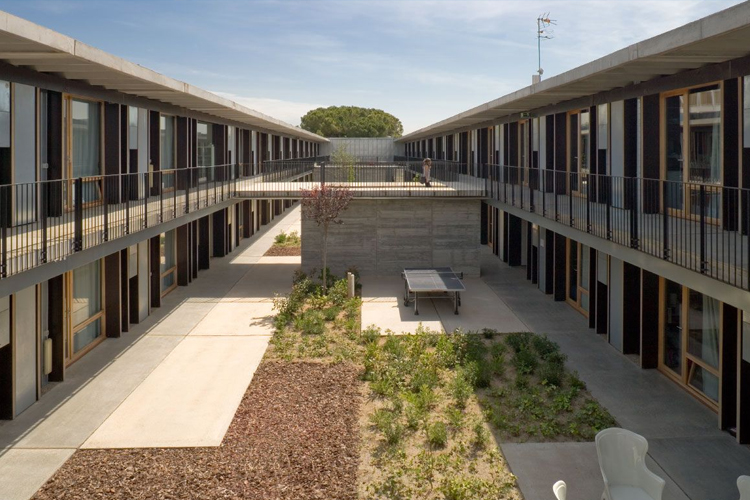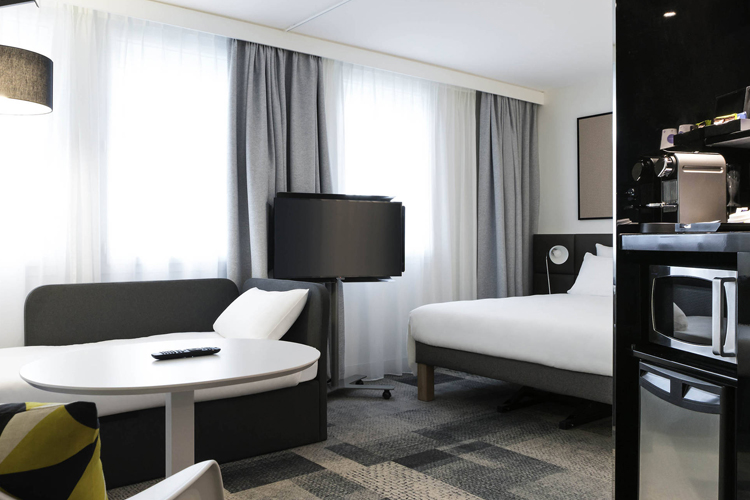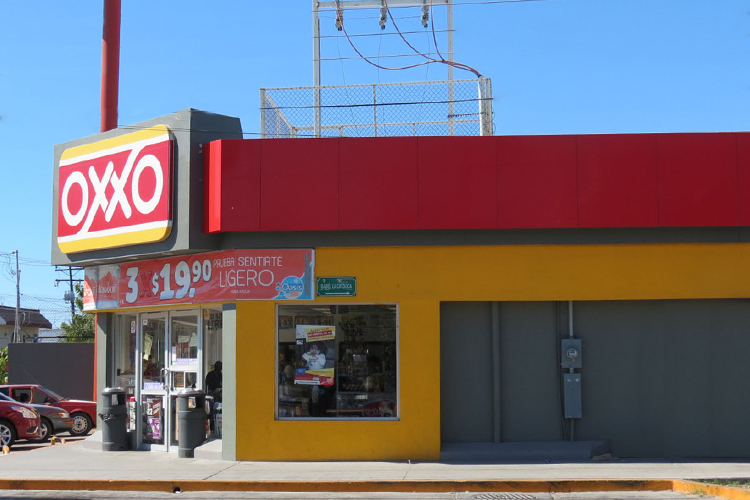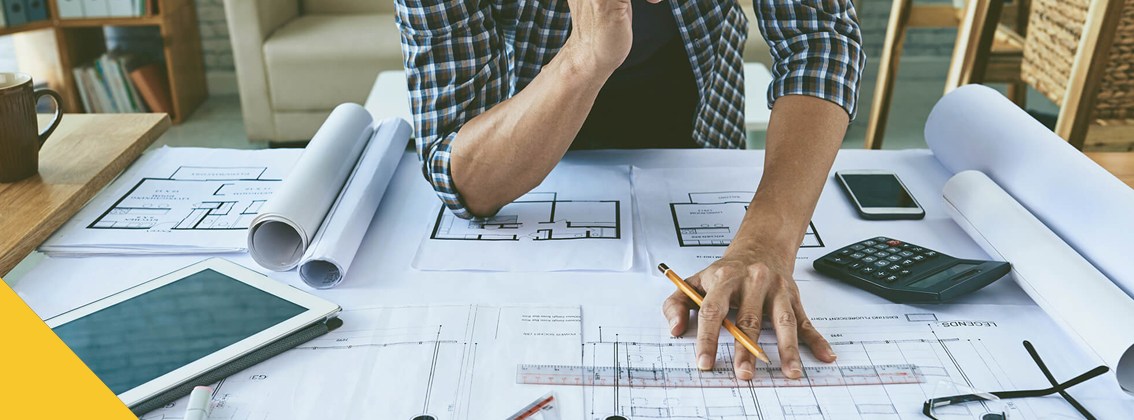The construction of modular buildings offers multiple benefits for architects and building owners.
The first benefit lies in the speed with which a modular building is finished. A modular building can be occupied much earlier than a building whose total construction is carried out on site, because with modular construction the site and modules are prepared and manufactured simultaneously.
In addition, the manufacturing process improves the quality and simplifies the logistics at the construction site, as well as the programming and coordination of the different phases and the sequences thereof.
In certain situations, the tax treatment offered both at the state and federal level represents an advantage for the owner..
Finally, a modular building can be relocated maximizing its flexibility, a situation that does not occur with conventional construction.
FUNCTIONALITY OF MODULAR CONSTRUCTION
ACCELERATED OCCUPATION
Reduction of...
- Site Work
- Noise
- Dust
- Debris
- Traffic
- Construction Site Risks
- Potential injuries
ACCELERATED INCOME GENERATION
Benefits of a shorter Time-Line:
- Speed to market
- Acceleration of income
- Exact date of occupation
Reduction in...
- Financing costs
- Supervision costs
- Unionized workers
- Taxes
COST REDUCTION
- Waste reduction
- Labor conditions
- Consistency
- Lower number of layoffs
- Quality control and assurance
- Assemble on site
- Materials
FUNCTIONS OF MODULAR CONSTRUCTION
2-band or 2-phase project
BAND 1
Site Work
- Site preparation
- Assembly
- Finishes
BAND 2
Factory
- Module manufacturing
Concurrent Construction
- Occupancy up to 50% faster
- Controlled manufacturing processes = better quality
- Superior manufacturing = better quality
- Flexibility facilitates the expansion process
- Permanent + Temporary and Relocatable Options
- Same building materials and standards compliance
VS
Traditional On SiteConstruction
- Linear construction requires that each phase of the construction process be completed before being able to proceed to the next phase
- Inconsistency in quality due to climate issues and variability in workmanship or worker skills
- Expansion requires a higher degree of engineering
- Serves only for permanent applications
- Same construction materials and compliance with construction standards
Efficiencies in Manufacturing Processes
- Repeatable process
- Standardization
- Methods
- Technologies
Roles and Key Responsibilities in the construction of Prefabricated buildings
Sales Agent selling Prefab buildings
- General contractor
- Site preparation
- Project design
- Permits
- Manufacturing contracting
- Inspections
- Component installation
SCHEDULING: DESIGN AND DOCUMENTATION
The architect delivers
Option 1
- Contract
- Drawings
- Specifications
Option 2
- The building requires an evaluation
- Stacking and adjoining diagrams
- Plans for design development
CONSTRUCTION AND INSTALLATION ON SITE
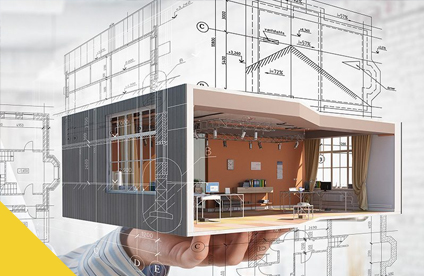 It is impressive to see the speed with which modules on the site are positioned, secured and connected.
It is impressive to see the speed with which modules on the site are positioned, secured and connected.
The construction of modular buildings works with a product that arrives 80 to 90% finished at the factory. It is not unusual to be able to install between 334 and 668 m2 of building per day.
Example: the project of a 2-story, 910 m2 building can be placed and secured in 2 days. It would have taken at least 30 days (in conservative terms) to achieve the same progress with conventional construction, provided that there had been no delays due to weather issues, that all workers in the different trades had finished their work on time and there was availability of materials




